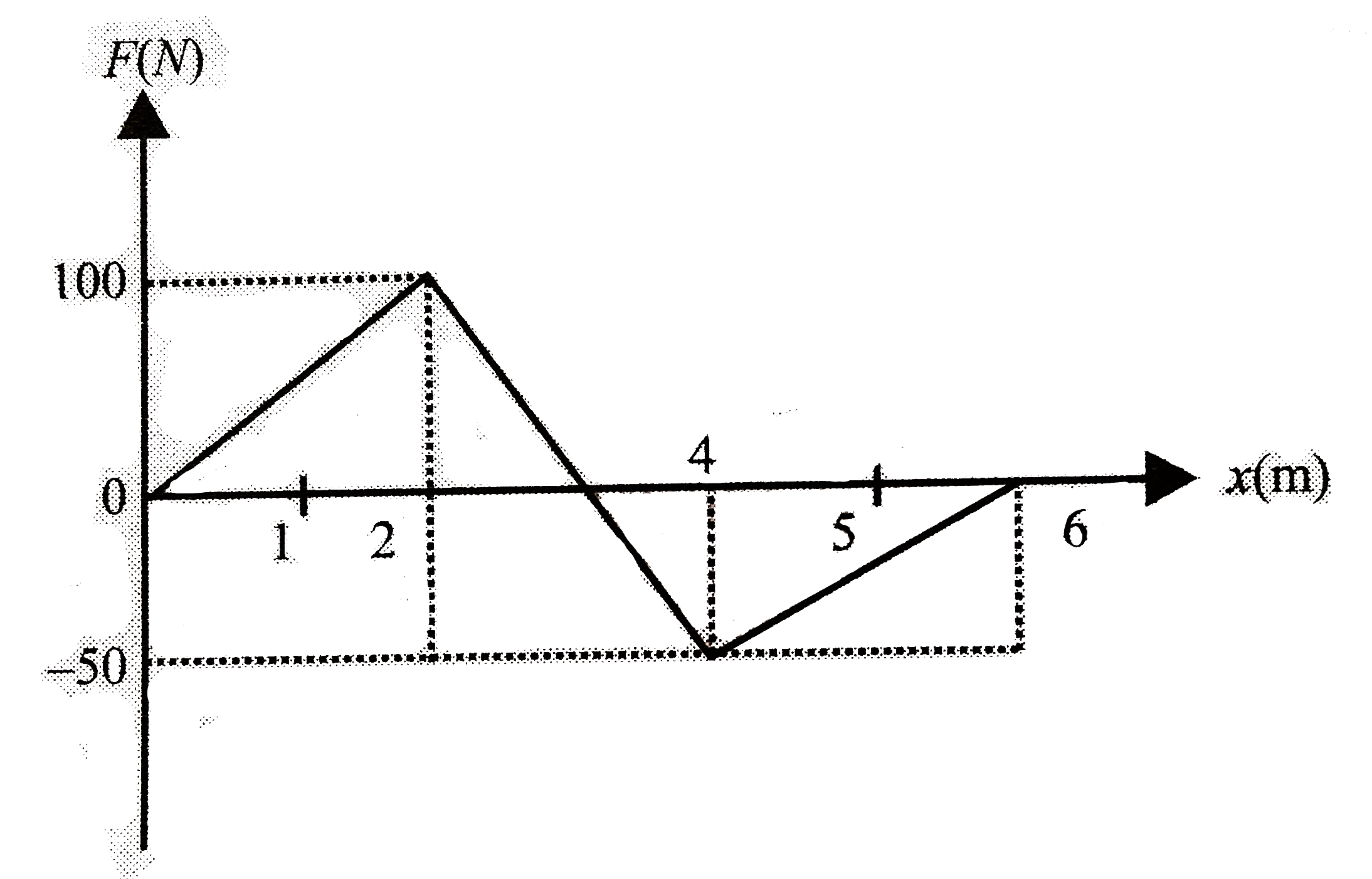Complete Solutions to Exercise 2.6 of chapter BASIC MATHEMATICS of Class 11 book with complete answers and questions
| Class 11 | PHYSICS |
| Chapter | BASIC MATHEMATICS |
| CENGAGE PHYSICS | Exercise 2.6 |
| Number Of Questions | 20 |
| Academic Year | 2023-24 |
The displacement of a particle is given by `y=(6t^2+3t+4)m`, where t is in seconds. Calculate the instantaneous speed of the particle.
02:11View SolutionThe velocity of a particle is given by `v=12+3(t+7t^2)`. What is the acceleration of the particle?
01:04View SolutionA particle starts from origin with uniform acceleration. Its displacement after t seconds is given in meter by the relation `x=2+5t+7t^2`. Calculate the magnitude of its
a. Initial velocity
b. Velocity at `t=4s`
c. Uniform acceleration
d. Displacement at `t=5s`04:19View SolutionThe acceleration of a particle is given by `a=t^3-3t^2+5`, where a is in `ms^-2` and t is in second. At `t=1s`, the displacement and velocity are `8.30m` and `6.25ms^-1`, respectively. Calculate the displacement and velocity at `t=2s`.
06:56View SolutionA particle starts moving along the x-axis from `t=0`, its position varying with time as `x=2t^3-3t^2+1`.
a. At what time instants is its velocity zero?
b. What is the velocity when it passes through the origin?03:33View SolutionA particle moves along the x-axis obeying the equation `x=t(t-1)(t-2)`, where x is in meter and t is in second
a. Find the initial velocity of the particle.
b. Find the initial acceleration of the particle.
c. Find the time when the displacement of the particle is zero.
d. Find the displacement when the velocity of the particle is zero.
e. Find the acceleration of the particle when its velocity is zero.13:26View SolutionThe speed of a car increases uniformly from zero to `10ms^-1` in `2s` and then remains constant (figure)

a. Find the distance travelled by the car in the first two seconds.
b. Find the distance travelled by the car in the next two seconds.
c. Find the total distance travelled in `4s`.04:13View SolutionA car accelerates from rest with `2ms^-2` for `2s` and then decelerates constantly with `4ms^-2` for `t_0` second to come to rest. The graph for the motion is shown in figure.

a. Find the maximum speed attained by the car.
b. Find the value of `t_0`.03:32View SolutionA stationary particle of mass `m=1.5kg` is acted upon by a variable force. The variation of force with respect to displacement is plotted in figure.
a. Calculate the velocity acquired by the particle after getting displaced through `6m`.
b. What is the maximum speed attained by the particle and at what time is it attained?
 04:36View Solution
04:36View SolutionThe displacement of a body at any time t after starting is given by `s=15t-0.4t^2`. Find the time when the velocity of the body will be `7ms^-1`.
01:54View SolutionA particle moves along a straight line such that its displacement at any time t is given by `s = (t^(3)-6t^(2)+3t +4)m`
The velocity when the acceleration is zero, is03:14View SolutionThe displacement x of a particle moving in one dimension under the action of a constant force is related to time t by the equation `t=sqrt(x)+3`, where x is in meter and t is in second. Find the displacement of the particle when its velocity is zero.
01:23View SolutionThe position x of a particle varies with time t according to the relation `x=t^3+3t^2+2t`. Find the velocity and acceleration as functions of time.
02:41View SolutionThe displacement of a particle along the x-axis is given by `x=3+8t+7t^2`. Obtain its velocity and acceleration at `t=2s`.
01:08View SolutionThe acceleration a in `ms^-2` of a particle is given by `a=3t^2+2t+2`, where t is the time. If the particle starts out with a velocity `v=2ms^-1` at `t=0`, then find the velocity at the end of `2s`.
03:04View SolutionThe displacement x of a particle along the x-axis at time `t` is given by `x=a_1/2t+a_2/3t^2`. Find the acceleration of the particle.
01:08View SolutionA particle moves along a straight line such that its displacement at any time t is given by `s = (t^(3)-6t^(2)+3t +4)m`
The velocity when the acceleration is zero, is03:14View SolutionThe acceleration of a bus is given by `a_x(t)=at`, where `a=1.2ms^-2`.
If the bus's velocity at time `t=1.0s` is `5.0ms^-1`, what is its velocity at time `t=2.0s`?02:09View SolutionThe acceleration of a motorcycle is given by `a_x(t)=At-Bt^2`, where `A=1.50ms^-3` and `B=0.120ms^-4`. The motorcycle is at rest at the origin at time `t=0`.
a. Find its position and velocity as funcitons of time.
b. Calculate the maximum velocity it attains.08:26View SolutionThe acceleration of a particle varies with time t seconds according to the relation `a=6t+6ms^-2`. Find velocity and position as funcitons of time. It is given that the particle starts from origin at `t=0` with velocity `2ms^-1`.
03:30View Solution
Exercise 2.6 questions and complete solutions for chapter BASIC MATHEMATICS of CENGAGE PHYSICS (ENGLISH) of Class 11
